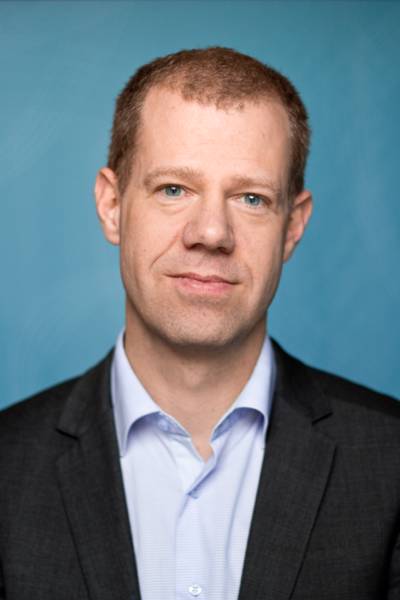Grants from the European Research Council (ERC) stand out in the landscape of research funding. They’re awarded on the basis of ‘excellence’ alone, in a joint evaluation of the project and the applicant. Recipients lead a project team for up to five years, in an aura of accomplishment and with the freedom to pursue a scientific passion.
Starting my own ERC project marked the end of a five-year rollercoaster journey. In this essay I use experiences from that ride to reflect on the work of developing a proposal and to extract advice for future applicants.
Grants from the ERC represent academia at its most competitive and individualistic. But, like most other grantees, I have benefitted from being part of mutually supportive communities. Sharing my experience is a way of extending this spirit.
The most important lessons I have learned concern the narrativity of the proposal. These insights are illustrated by the cover photo: images, like text, can have a high degree of narrativity, invoking a sense of temporally and causally related events. In the text I use examples of funded proposals to pin down what characterizes a narrative hook that conveys specific and persuasive innovation – the ‘ground-breaking’ essence that the ERC calls for.
There is no blueprint for succeeding with ERC funding. Every project is different and the evaluation necessarily has a strong element of arbitrariness. However, the process of writing a proposal can be a rewarding experience regardless of the outcome. It takes thorough thinking about what research can be, why it can make a difference, and how it can be depicted with well-chosen words and carefully crafted sentences.

.png?x=600&y=1200&m=Scale&hp=Center&vp=Center&ho=0&vo=0&)






